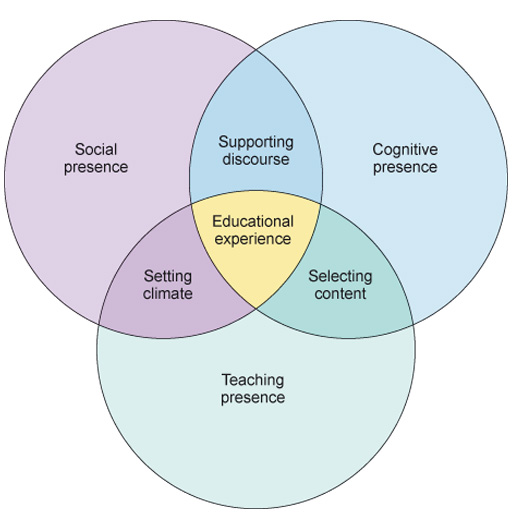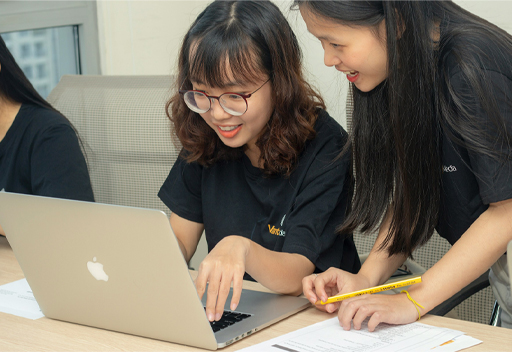2.1 The Community of Inquiry framework
The Community of Inquiry framework, shown in Figure 4, considers the elements needed to engage a community of learners (Garrison, Anderson and Archer, 1999). The framework suggests that a worthwhile educational experience depends on the relationship between three types of presence:
- Social presence – the ability of participants to identify with the community, communicate purposefully in a trusting environment, and project their individual personalities so they develop interpersonal relationships.
- Cognitive presence – the extent to which learners are able to construct meaning through sustained communication.
- Teaching presence – the design and facilitation to support and enhance social and cognitive presence, for the purpose of realising educational outcomes. Learners, as well as educators, can contribute to teaching presence.

We need to bring together our bravest, most imaginative ideas, and to collaborate across ages, locations, discipline areas and skill-sets to address the climate crisis. Therefore, it’s important for learners to develop and practise collaboration-related skills, as the basis for effective climate-related action.
For example, Applebaum et al. (2017) designed a collaboration intervention for secondary school-aged learners to be able to integrate and expand their ideas about the causes of global warming. The researchers used computer simulations to help the learners understand complex mechanisms, such as the effects of greenhouse gases. They then designed an additional structured discussion activity between the learners, so they could use the interaction with their peers to gain new insights.

